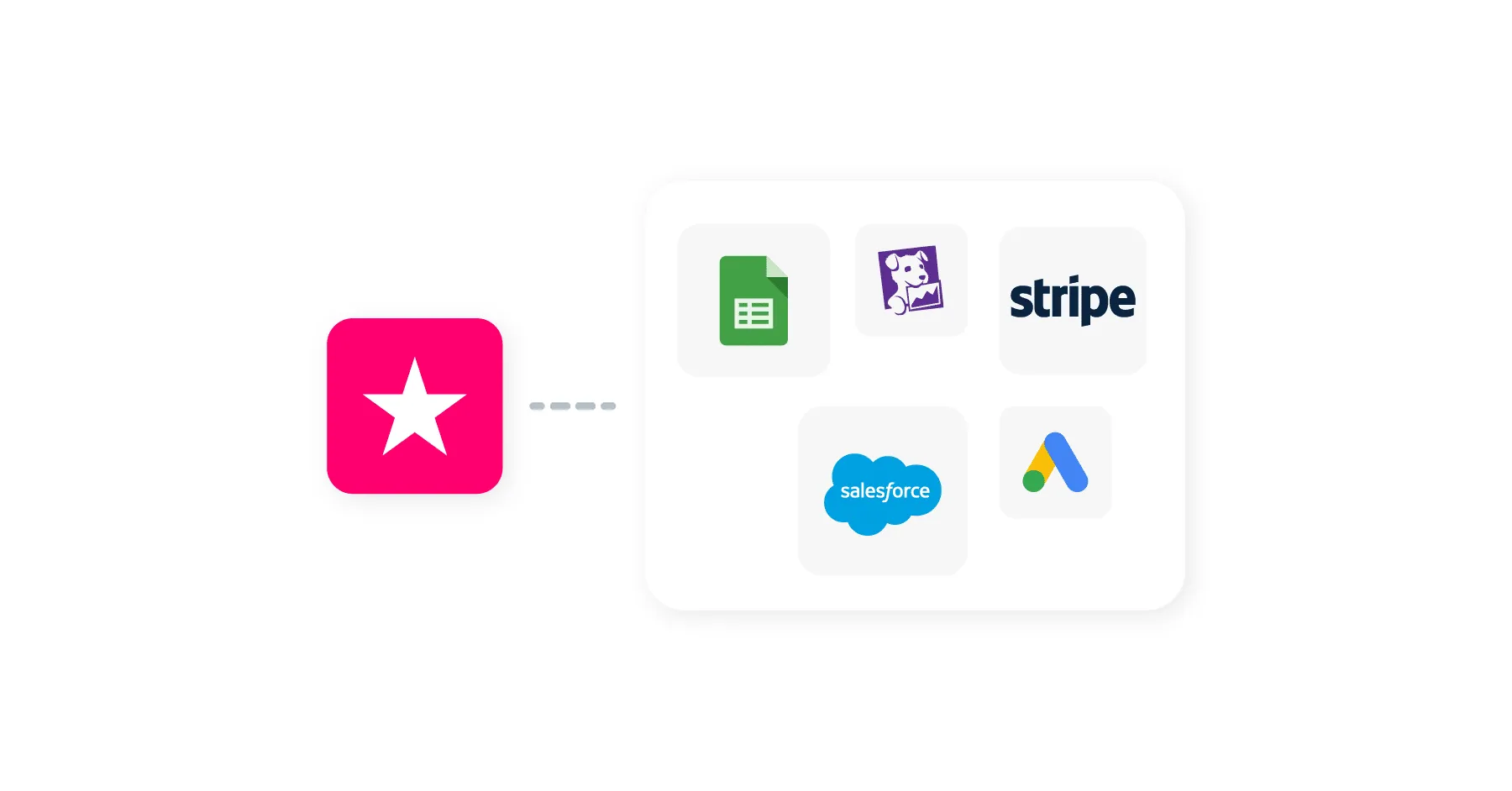
A Unified API and an embedded Integration Platform as a Service (iPaaS) are both solutions aimed at simplifying and streamlining the integration of various software applications within an organisation. However, they differ in their approaches and functionalities.
What is a unified API?
A Unified API, also known as a Universal API, is a single interface. It aggregates and standardises communication between different software components or systems and acts as a common gateway. This allows diverse applications to interact seamlessly without the need for custom integration for each pair of systems.
The Unified API abstracts the underlying complexities of the various systems involved. As a result, it presents a consistent interface for developers to work with. This fosters interoperability, reduces integration efforts, and enhances overall system agility.
According to G2, Unified APIs can also be referred to as universal or normalized APIs. “They provide a single “meta” API that is used to interact with multiple software applications within the same category.”
Unified APIs and SaaS
SaaS providers use these tools to improve the ease of building customer-facing integrations to multiple applications in the same category. For instance, accounting, banking, cloud storage, CRM, email, HR, payroll, or scheduling systems. They can save teams significant time and resources when building numerous similar integrations.
For example, a SaaS product team may want to provide their customers with integrations that import employee data from multiple HR systems into their application. Rather than building a separate integration to each HR system, they can build one integration to a unified HR API. This connects their application with all desired HR applications. Leveraging a unified API provides a single, simplified API design and a consistent developer experience.
There is some relationship between unified APIs and embedded integration platforms, as they allow product teams to build native integrations with their customers’ third-party applications. However, unified APIs are typically code-focused and used by software developers to build straightforward integrations within a single category. In contrast, embedded integration platforms are typically low-code tools. Both developers and non-developers can use these to build a broader range of integrations. They can be used within both common and vertical-specific software categories.
What makes a unified API different to an Embedded iPaaS?
A unified API is designed to help SaaS companies quickly build many simple category-specific integrations. On the other hand, an embedded iPaaS is a comprehensive integration solution. It is embedded within an application or platform. iPaaS platforms typically provide a set of pre-built connectors, data mapping tools, and workflows to facilitate the integration of disparate systems. An embedded iPaaS is designed to be an integral part of a larger software ecosystem. It offers users a centralised hub for managing and automating data flows between different applications.
Unified API vs. Embedded iPaaS
When comparing the two, one key distinction is their level of abstraction and centralisation. A Unified API focuses on providing a standardised entry point for communication but leaves the actual integration logic and orchestration to the individual systems. In contrast, an embedded iPaaS takes a more hands-on approach. Instead, it provides a centralised platform with tools to design, execute, and monitor integrations.
Unified APIs are lightweight and promote a loosely coupled architecture. This allows each system to maintain its autonomy while still participating in seamless communication. This flexibility is beneficial in scenarios where diverse systems with unique capabilities need to collaborate. However, Unified APIs may require more effort in terms of initial setup and customisation.
API Driven Data on Demand
Discover Cyclr’s flexible proxy API that enables real-time in-app integration and external data access.
Embedded iPaaS, being a more holistic solution, is advantageous when organisations seek a comprehensive integration platform that can handle a wide range of scenarios out of the box. This approach is particularly beneficial when dealing with a homogeneous environment or when the priority is on rapid integration development without extensive customisation.
In terms of deployment and maintenance, Unified APIs are generally less resource-intensive as they do not involve a centralised platform. This simplicity can be advantageous in certain contexts, especially for smaller-scale integrations or scenarios where a lightweight solution is preferred. Embedded iPaaS, being a more extensive platform, may require more substantial resources. As well as ongoing management but offers a more all-encompassing solution.
Conclusion
Ultimately, the choice between a Unified API and an embedded iPaaS depends on the specific needs, scale, and complexity of an organisation’s integration requirements. Some may favour the simplicity and autonomy provided by Unified APIs, while others may opt for the comprehensive features and convenience offered by an embedded iPaaS.
In many cases, the ideal solution may involve a combination of both, leveraging Unified APIs for specific lightweight integrations and an embedded iPaaS for more complex, centralised integration needs.